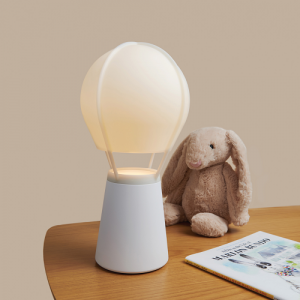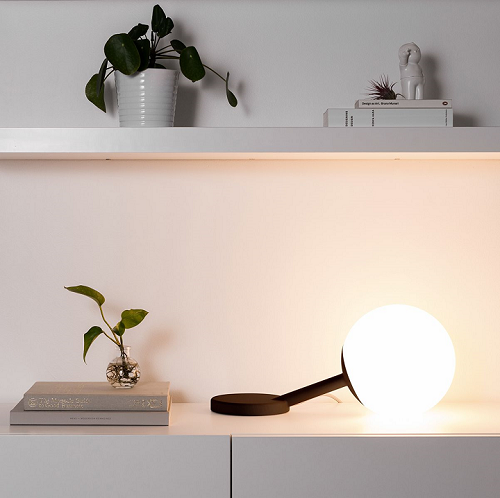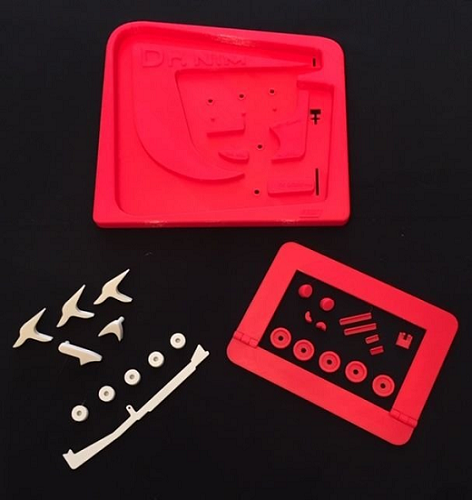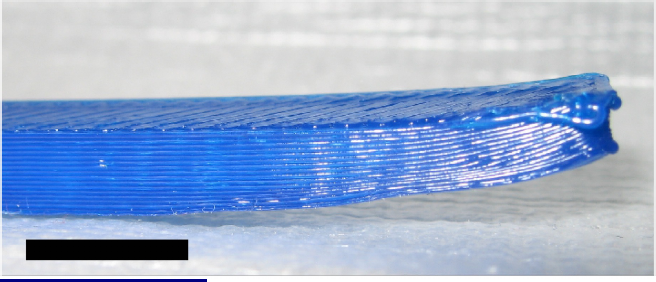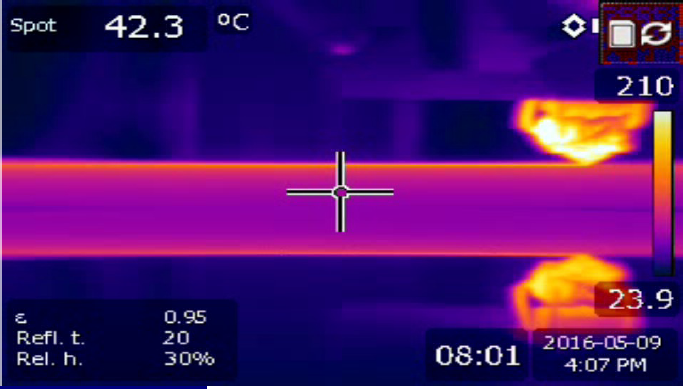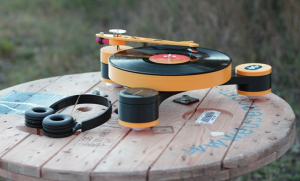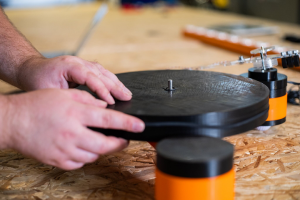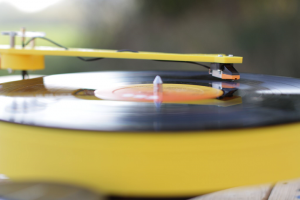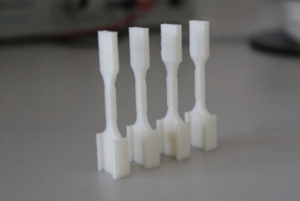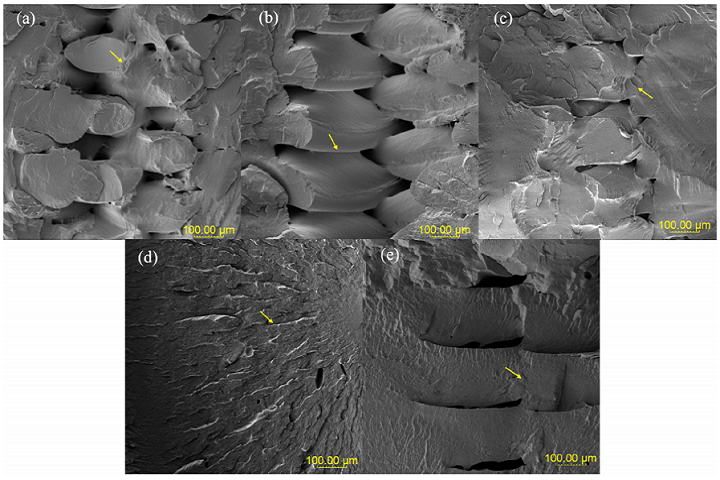PLA is one of the most commonly used 3D printing materials, but it is not without its problems. According to a group of researchers in a paper entitled “In-process thermal treatment of polylactic acid in fused deposition modelling,” the mechanical strength of PLA depends on the proper growth of its semi-crystalline structure, which can be seriously impaired by a low rate of crystallization, especially in open source 3D printers. This can be further aggravated by the non-uniform distribution of heat, which causes improper curing among the extruded beads of PLA.
The researchers describe how they experimented to improve the curing rate “through in-process temperature variations to cure the joints among the beads.” They used an open source UP02 3D printer for their work. Since the printer does not come with a heated chamber, the researchers enclosed it in an aluminum box with a hinged lid to control the temperature. Four inductive heating pads were installed on the inner four walls of the box, and a fan was also installed to circulate the heated air. Eight temperature monitoring sensors were installed and through a PID loop the temperature of the inside was controlled to the specified levels.
This setup did not work well, however, as the filament heated before entering the extruder head and caused clogging. They tried opening the lid of the box partially, but this was not a sufficient solution.
“In the third attempt, an acrylic lid was designed that had vertical edges protruding downwards and mineral wool wrapping in the opening to prevent the hot air from circulating around the printing head,” the researchers explain. “But this design also failed due to the entangling of the fibres of mineral wool in the fan.”
Finally, they placed the 3D printer inside a cast iron box while leaving the print head outside. The box was covered with mineral wool and an outer acrylic box. A PID loop was used to control the temperature, and eight temperature sensors were mounted on the inside walls and read through an Arduino microcontroller.
“A program developed in C-Sharp was used to set the temperature and monitor the progress of the closed loop heating system,” the researchers continue. “This setup can maintain the desired temperature inside the box automatically with an accuracy of ±2 °C. The temperature of the box was measured with a high temperature thermometer (CEM DT-8869H) using the type K thermocouple to quantify the measurement accuracy of the LM317 temperature sensors.”
Test specimens were printed in and out of the heating chamber in two phases.
“Phase 1 was performed at room temperature and 0.2 mm layer thickness (constant). 23 full factorial ANOVA was used in Phase 1 to examine and select the significant parameters as variables and nonsignificant parameters as constants for Phase 2,” the researchers state. “Phase 2 was performed with three heating schemes (cases 1 to 3) and at variable layer thicknesses (0.2 mm and 0.4 mm).”
Several mechanical differences were observed between the samples printed with and without the heated chamber.
“Differential scanning calorimetry (DSC) analysis was performed to further ascertain the effects of in-process heat treatment particularly for case 1 at high temperatures,” the researchers conclude. “DSC thermograms showed significant improvement in crystallization for in-process treated samples. Using FTIR, we also confirmed improvements in the thermal stability of the printed samples through high absorption intensities.”
Authors of the paper include Muhammad Harris, Johan Potgieter, Richard Archer and Khalid Mahmood Arif.
Discuss this and other 3D printing topics at 3DPrintBoard.com or share your thoughts below.






